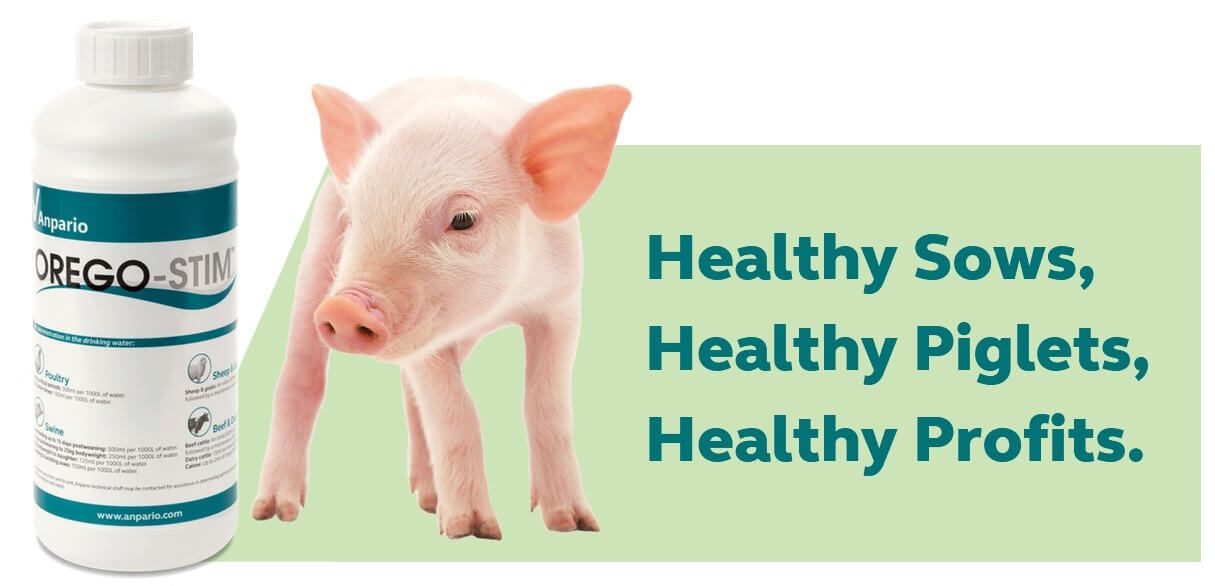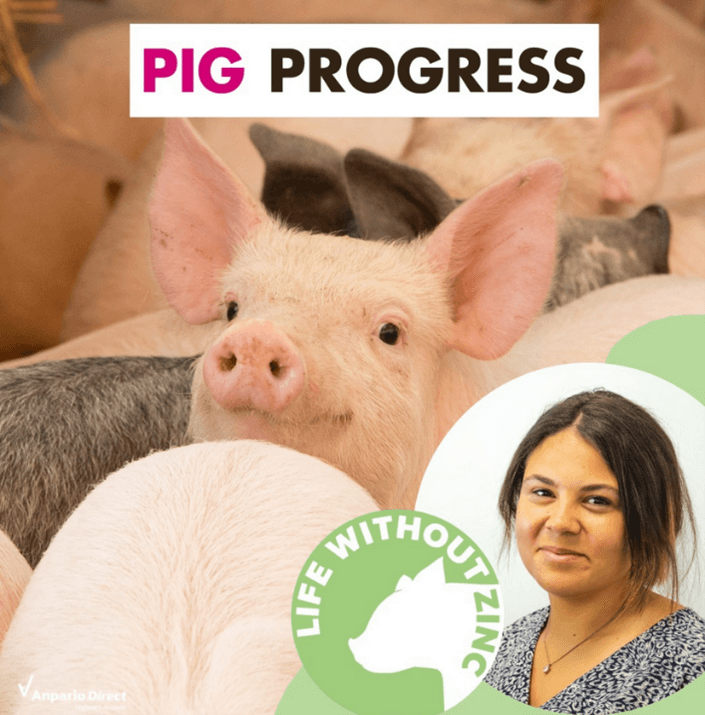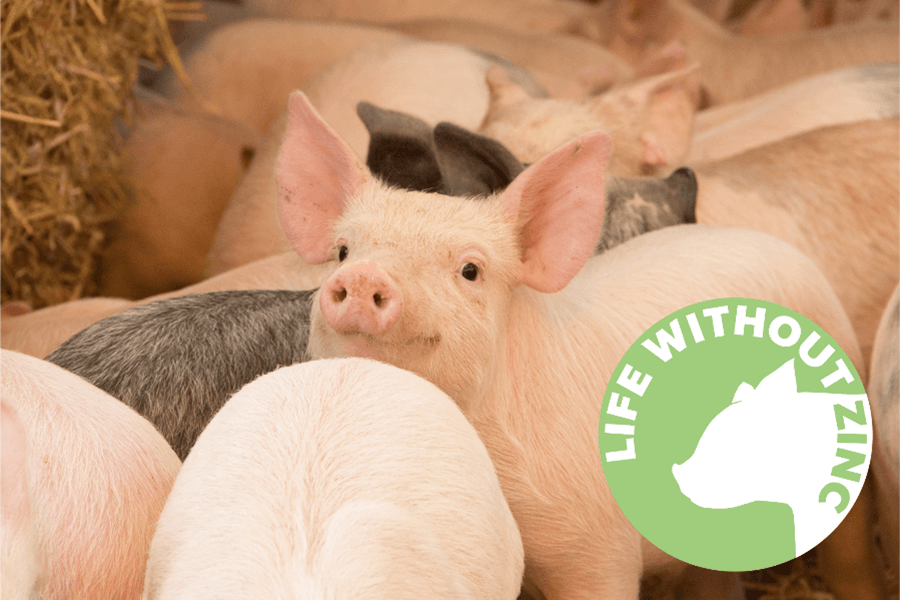
As
permission for the use of existing supplies of zinc oxide in weaning diets
draws to a close, producers must venture forward
into this new era without therapeutic zinc oxide and begin to explore new
strategies.
Why Did We Use Zinc Oxide Previously?
For
decades high dosages of zinc oxide were used in piglet diets to prevent post-weaning
diarrhoea. Diarrhoea is one of the most common causes of economic losses in pig
production.
The Zinc Oxide Ban
There
have been multiple studies on the use of zinc oxide that highlight its negative
effects on both animal performance and on the environment. These include:
- Its contribution to the increase of antimicrobial
resistance.
The changes on the piglets’ microbiome (balance of gut bacteria).
The accumulation of zinc ions in vital organs, which can lead to stress responses and an impaired metabolism.
Environmental issues - Zinc is inert, which means it does not breakdown in the environment or in the faeces and will therefore continue to build up in the soil. This can impact soil quality, as well as increase risk of leaching into water sources.
The
accumulation of these issues resulted in the European Union deciding to ban the
use of zinc oxide to control diarrhoea in weaning pigs, but there are alternatives
to support your pigs during this challenging point in the lifecyle.
Weaning Challenges
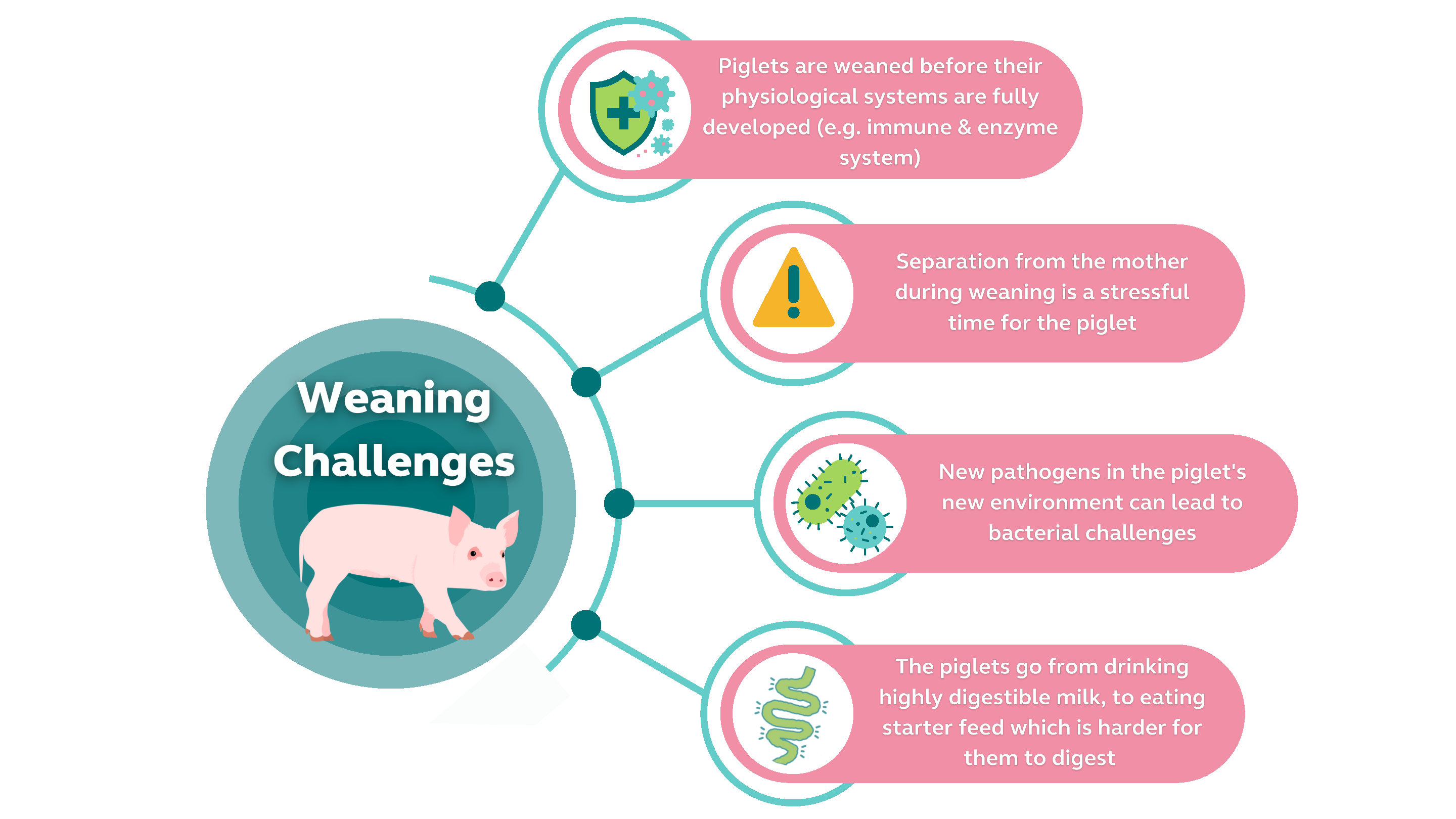
The reasons above can result in reduced feed intake during the first week after weaning and therefore the gut cannot adapt to process the new ‘hard’ feed to the best of its ability. This combined with the immune system of the pig not yet being fully functional, means that pathogens such as E. coli can colonise the gut, leading to an increased incidence of post-weaning diarrhoea (PWD).
Post-Weaning Diarrhoea
PWD is a widespread and worldwide challenge associated with high morbidity, consequently leading to productivity loss and mortality. An “imbalance” in the gut microbiome, known as gut dysbiosis is a leading cause of PWD.
Early microbial
colonisation of the gut of the young pig
represents a window of opportunity to modulate the gut microbiome and achieve
long–term benefits on immune development, resistance to disease and digestive
efficiency.
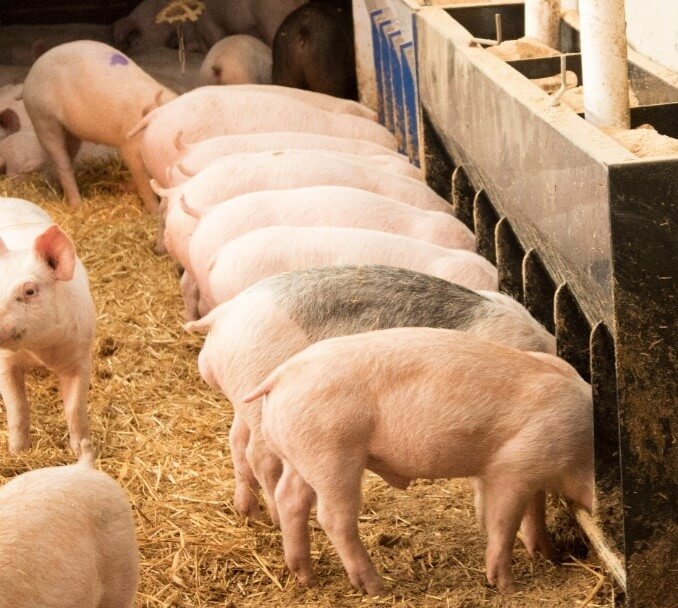
A Natural Alternative to Zinc Oxide
Developed to manage intestinal health and support optimum gut health and performance, Orego-Stim is a consistently high quality, 100% natural oregano essential oil (OEO) based feed additive. It has been formulated to be low inclusion and free-flowing for inclusion in finished feed or water.
Natural OEO is proven to provide a multitude of benefits and properties which support piglet development and lifetime performance:

In the place of
zinc oxide Orego-Stim has been shown to:
- Support piglet gut health & performance through
maternal feeding.
Lower the average mortality of piglets post-weaning.
Increase piglet weight gain from birth to weaning.
Have no negative effect on medication use.
Lower mortality linked to starvation and scour.
Support average daily gain.
Want to Read More About Life Without Zinc?
Click below to read our article published in Pig Progress by Nacia Bonnick, Swine Technical Support at Anpario plc.


